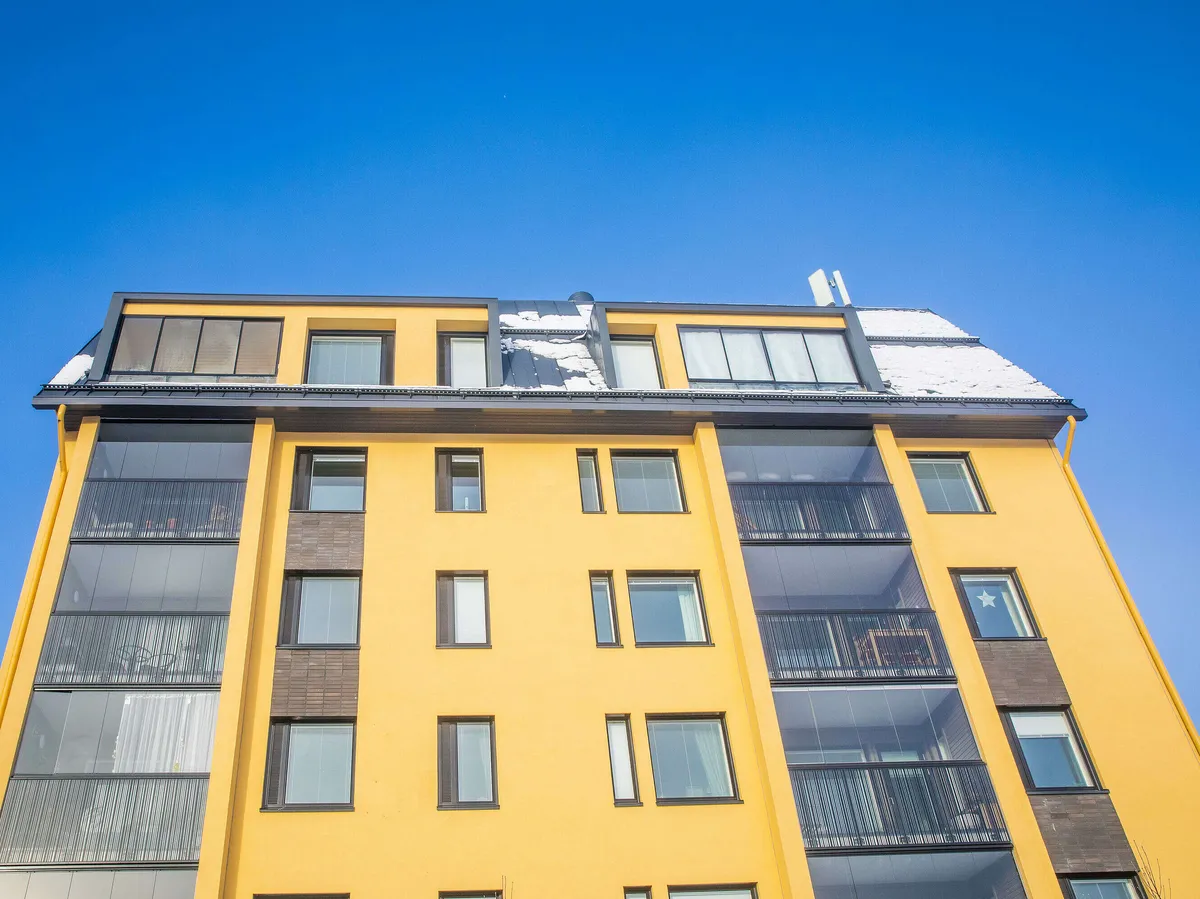Energy consumption in the real estate and construction sector corresponds to about 35 percent of Finland’s total energy use, writes Jani Lindström.
From the reader. Remote and hybrid work is increasing at a growing pace, which fundamentally changes the utilization rate of real estate and requires real estate operators to look at the procurement of maintenance services in a new way.
One challenge to be solved is how to organize maintenance services as efficiently as possible when the occupancy rate of the property varies.
The alternatives will then be, among other things, compacting the use of space and, for example, increasing the remote monitoring of decommissioned spaces. In addition to this, appropriate situation management must be taken into account.
When the use of the premises of the property is low, the ventilation can be adjusted according to the actual need. Correspondingly, when there are more people in the office, the ventilation can be increased so that the indoor conditions remain optimal. This is achieved by utilizing up-to-date technology and real estate management expertise.
An intelligent system is at the heart of everything
Also with regard to heating, it is important to optimize building technology so that waste heat can be utilized. Functional heat recovery is key here. Property maintenance plays an important role in ensuring that the technology works as planned, and that, for example, malfunctioning equipment does not cause energy waste.
By utilizing intelligent automation and remote monitoring, the property’s energy management solutions can also be improved and unnecessary costs reduced.
Energy consumption in the real estate and construction sector corresponds to approximately 35 percent of Finland’s total energy use, which means a large part of Finland’s carbon dioxide emissions. The value of more and more properties will now and in the future be measured by their energy efficiency and ability to promote sustainable development. Making this happen requires close cooperation between service providers, property owners and end users.
Changeability determines future use
The occupancy rate of many properties is affected by its location and attractiveness for end users. It is difficult to influence the location of old properties, but for example investing in comfort and energy efficiency can improve the interest and attractiveness of properties.
The property’s value will now and in the future be measured by its energy efficiency and ability to promote sustainable development.
When building new properties, you should take into account the long life cycle of the properties and make them as easy as possible to adapt to different usage situations. A solution that is affordable in terms of construction costs can in the long run become expensive in terms of operating costs and require premature renewal needs.
In the future, the most sustainable properties will always generate value.
Jani Lindström
business manager, property maintenance and technology
Lassila & Tikanoja
